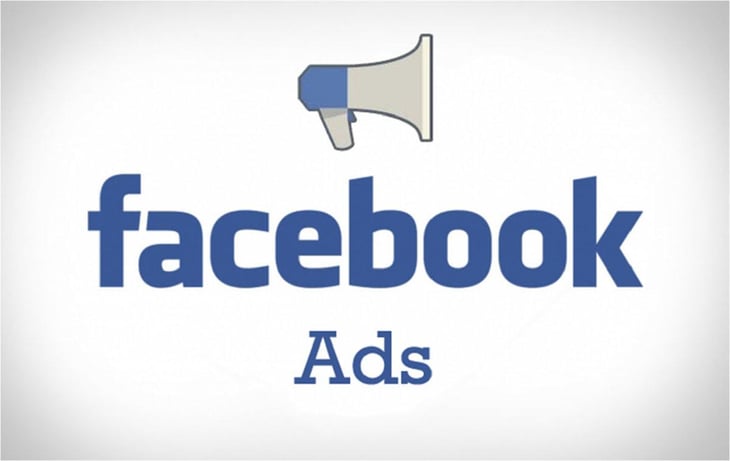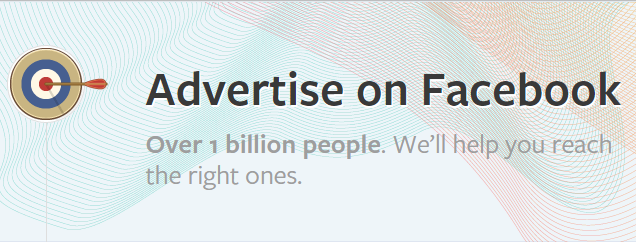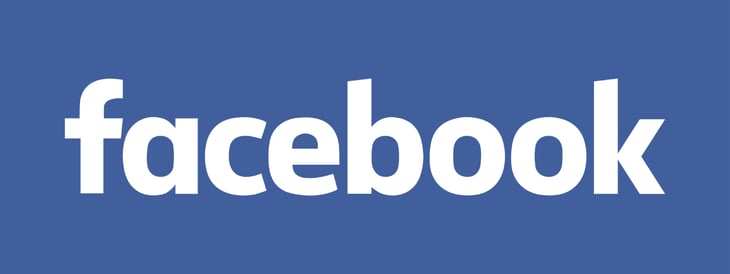3 Top Tips For Increasing Your ROI On Facebook Ads

Facebook is one of the original and most powerful social media platforms available to businesses. Use it the right way and it’s a great way to get more clients and grow your business, but use it the wrong way and Facebook will quite happily take all of your money and swallow up your social media marketing budget. In order to get the best results from your Facebook marketing campaigns make sure you implement the tips I have provided below.
1. Get your audience right!
Ideally you should create a Facebook Ads ‘look alike’ audience for your Facebook Campaign, this should be based on your current website visitors or your customer email lists. Facebook has an amazing algorithm that can look at your existing customers or website visitors and find people that are similar to them for you to target, this audience is called a ‘look alike’ audience.
I have seen people target broad interests on Facebook or worse no interests at all, making this mistake can be detrimental to your Facebook campaign. You will usually find that your best audiences are a combination of your Facebook competitors pages, your fan pages and a lookalike audience from your own clients or website traffic. Try creating more than one look alike audience and split test them against one another to find out which audience performs the best. Giving yourself a relevant audience to target at the beginning of your Facebook advertising campaigns will give you a great starting point, so if you haven’t done so already be sure to start creating targeted audiences. If you are unsure about how to create a targeted look alike audience check out these easy to follow instructions from Facebook https://www.facebook.com/business/help/465262276878947

2. Use Conversion Pixels For Tracking
If you are not using conversion pixels for tracking your ads, you are making a HUGE mistake. Most of the Facebook campaigns I look at, on behalf of my clients, are just trying to build likes with no real strategy in place, or they are simply sending the cheapest clicks possible to the client’s website without considering whether those clicks are likely to ever convert. If you add conversion pixels to your campaigns it means that Facebook can actually take a look at who is converting for your offer and can find similar people that are also likely to convert for you. This information is invaluable but if you don’t tell Facebook what you are trying to achieve by telling them what a conversion is, then they can’t help you to get more of the right people to your site.
Getting lots of random cheap clicks to your website doesn’t mean that those people will ever become a client. It’s much better to focus on your conversions and work out how much you have to spend with Facebook to get a new client/customer or make a sale. If you let Facebook know when you have achieved a conversion, it will enable them to do a better job of finding the right people for you. Rather than sending lots of random people to your site, Facebooks bots can analyse the information from the conversion pixel and use this information to ensure they are sending more of the right people to your site, which will increase your chances of getting sales and actually achieving a good ROI for Facebook Ads. So please, if you are starting a new Facebook marketing campaign make sure you set up a conversion pixel and set your campaign to optimise for relevant conversions. Otherwise you are just wasting your time and money on vanity metrics such as clicks, likes and web traffic with no sales or leads. It’s great to have lots of clicks and likes but as far as ROI goes it’s the conversions that really matter!

3. Analyse Your Facebook Reports Correctly
Many of my clients are intimidated by the Facebook Ads reporting system but you needn’t be. Here are some easy to follow tips, from a woman who doesn’t have a super analytical mind. I am definitely more of a creative type but I find Facebook stats and reports really easy to manage. It’s all about getting the correct system in place. My advice is to start with the standard Facebook Ads report system and remove any of the columns that you don’t need, by that I mean anything that is not crucial to your Facebook campaign. The columns that I recommend everyone includes in their report are shown below with an explanation of each of their meanings. If you want to add other columns alongside these that are relevant to your campaign, please go ahead.
- CPC - (cost per click) – This is how much you are paying to get a lead or sale, in my opinion this is the most important metric
- Add Score – A high add score (anything above a 7) will get you cheaper sales or leads
- CPM – Which tells you how much it costs you to reach 1000 people on Facebook. You can use this column as a guide to find lower costs per conversions as campaigns with high CPM will usually have a higher CPC.
Vanity metrics are great and of course it’s very nice to see that 10 people liked your ad last week, but what does that really tell you as far as ROI is concerned? Erasing the information that isn’t relevant to your goal will help you to see the information you need in order to get the best ROI. For example, wouldn’t it be better to see what age and gender categories are becoming warm leads at the cheapest price? You could then spend more money on targeting those people and exclude the ones that are more expensive to acquire. If you don’t customise your columns in your Facebook Ads report you will never actually get to see this information and act upon it. So don’t be afraid, login to your reporting system and start making changes. To summarise, Facebook is a super powerful advertising platform but you must use it correctly to get the most out of it and the best ROI possible. For more great tips regarding Facebook marketing check out the following article ‘How To Get Started With Facebook Marketing’.


